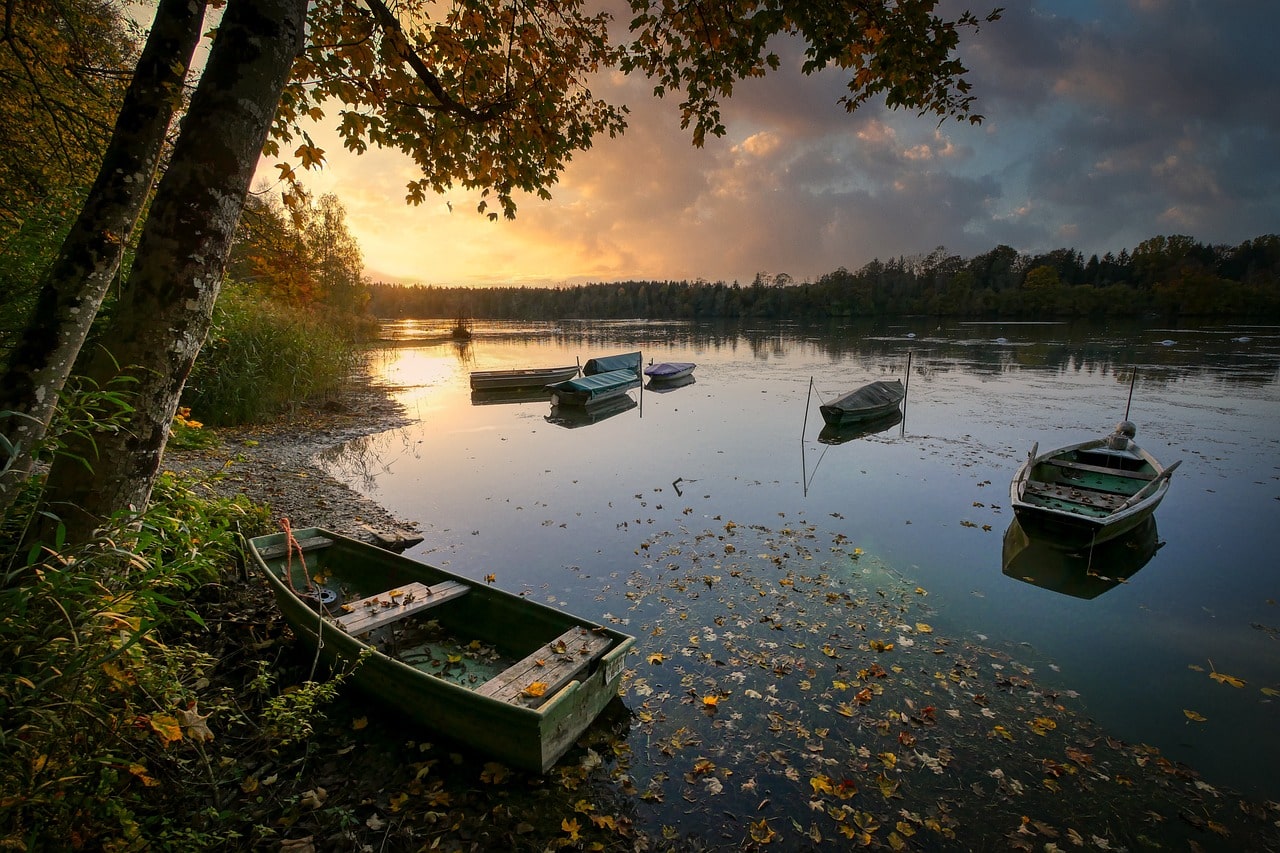Long Pond is a 1,721-acre lake in the towns of Lakeville and Freetown in southeastern Massachusetts. Sharing waters with Assawompset Pond serves as a critical source of drinking water for New Bedford, the largest city in the region. The lake is approximately one and four miles wide, featuring three islands: Goat Island, Lewis Island, and Nelson Island. Lewis Island is the largest, housing sixteen privately owned cottages. Nelson Island, now a year-round private residence, was purchased in 2005. Goat Island, the smallest, was recently acquired by a private citizen from the Boy Scouts.
In 1894, the damming of Assawompset Pond increased Long Pond’s water depth by about five feet, forming Nelson Island and causing Sunken Island to erode, leaving only rocks in a shallow area near Lewis Island. The lake’s perimeter is dotted with homes and private waterfront access points, making it a popular spot for fishing and boating.
The northeast corner of Long Pond features a navigable canal through the Parkhurst development, accessible by a small bridge. The northwest corner hosts a locally known as “Snake River,” which feeds into Assawompset Pond after winding through marshland and passing under Route 18.
Navigating Long Pond can be challenging due to several hazardous areas. A sandbar connecting Nelson Island to the mainland varies in depth and can be fully exposed in late summer. The lake’s average depth of around nine feet and numerous large rocks pose risks to boaters. Not all hazards are marked, but Acre Rock—a large, flat rock—lies close to the surface between the east and west shores, near the town line separating Lakeville and Freetown. Sunken Island’s remnants are about 100 yards north of Lewis Island, often visible as birds rest on the rocks.
For safer navigation, inexperienced boaters should stay on the western side of the islands and travel in the middle of the channel between Nelson Island and the shoreline. When entering the lake’s southwestern area, avoiding the middle due to unmarked rocks is advisable. Historically, the lake saw tragedy in 1913 when the powerboat Farina sank, resulting in the deaths of seven people.

